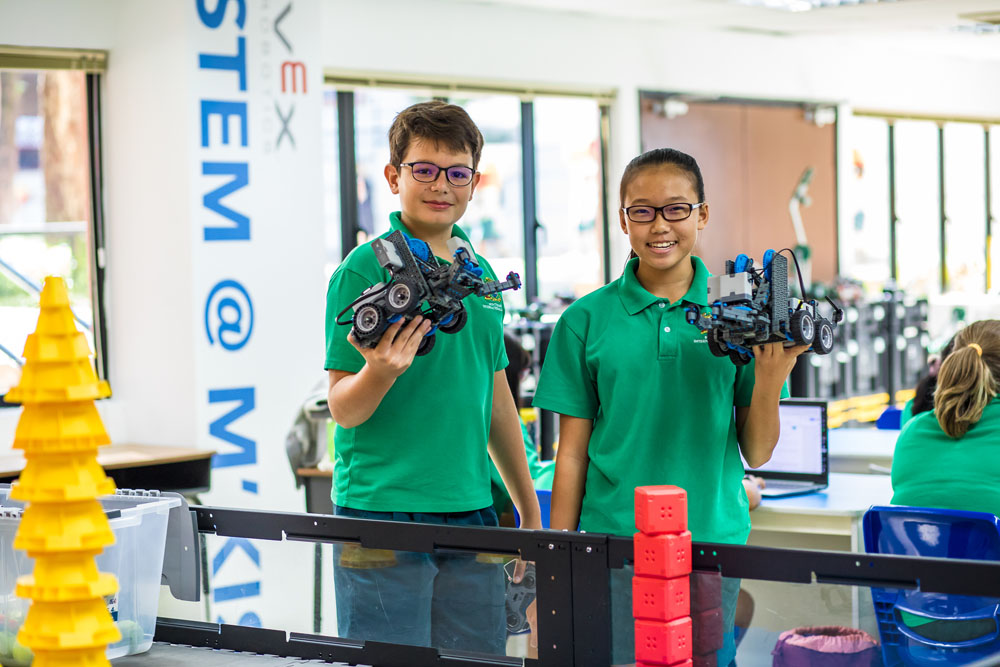A recent report from the OECD states that jobs are becoming “highly vulnerable” to automation by AI (Artificial Intelligence) and robots on a global scale. Other studies indicate that future technologies will create just as many, if not more, jobs than they destroy. How can we, as 21st-century educators, ensure that our students don’t become victims of an automated workplace, but rather reap the rewards of advancing technology in the years to come?
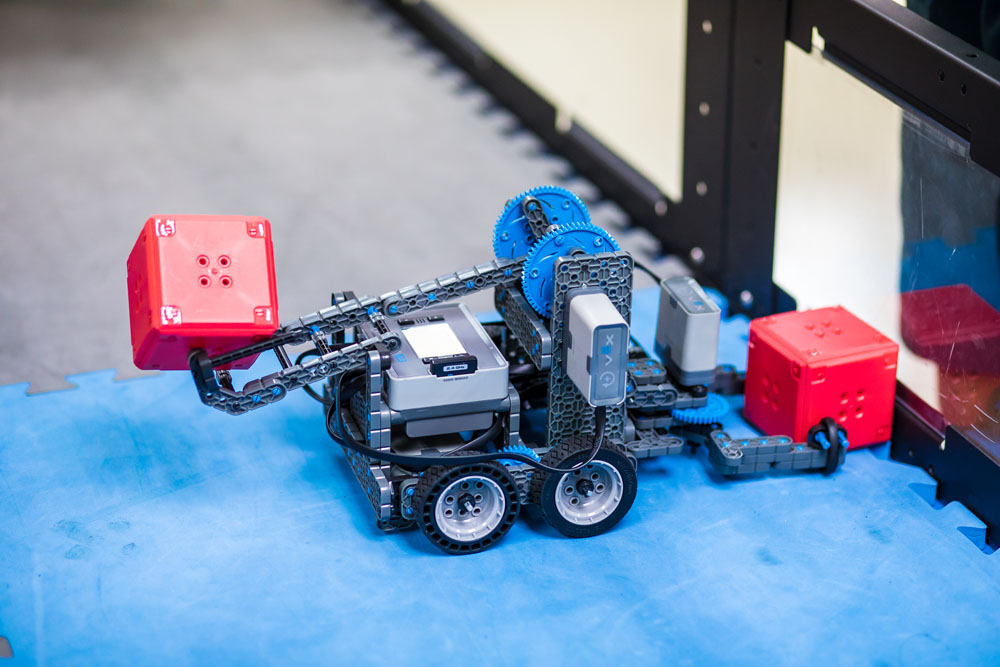
Using robotics to teach STEM subjects in K-12 education is one approach to help make sure that students are equipped with the knowledge and skills required to succeed during the 4th Industrial Revolution. Interest in educational robotics has been increasing over the past few years, and the use of programming and robotics has a long history as a tool for mathematics education. Many of us can recall sitting in front of computers using TURTLE geometry programs or LOGO in school as children. By providing today’s students with more authentic, problem-based learning experiences and the chance to take part in hands-on engineering, coding, and design challenges in robotics, we can ‘future proof’ their learning and provide fundamental skills to support students seeking to pursue careers in innovative technologies. In addition to gaining skills and knowledge related to the expanding field of robotics itself, students also learn about coding and the design cycle and apply previous learning from mathematics and physics classes. By integrating all elements of STEM: science, technology, engineering, and math, robots are a natural medium through which students can engage in the type of interdisciplinary learning implied in the STEM approach.
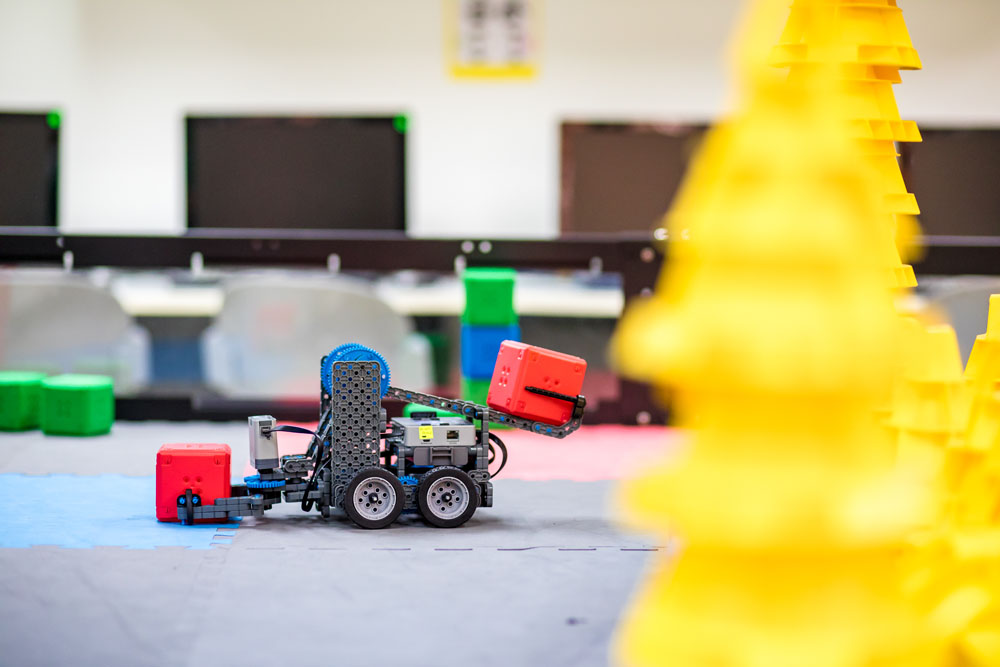
In addition to supporting students in their knowledge and understanding of subject content, learning through robotics in STEM classes can also support the development of transferable 21st-century skills. When engaging in solving design problems in robotics, students working in teams must collaborate and communicate to solve problems using creativity and critical thinking. Facing difficult challenges and experiencing ‘struggle’ in engaging and fun contexts can also support the development of transferable social-emotional skills like resilience, cooperation, and emotional regulation that are more and more sought after in the modern workplace. Given the gradually lowering costs of kits and materials, robotics education is becoming an attractive option schools can employ to engage and support students in developing skills and competencies to help them in their studies and their later careers.
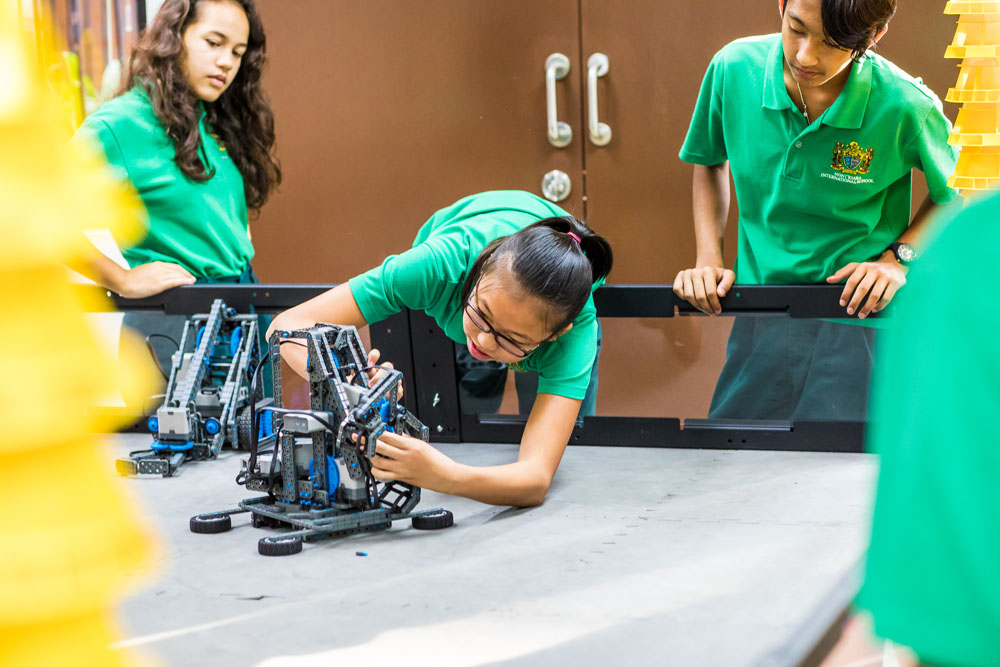
Despite the benefits to implementing robotics programming in schools, challenges remain. Ensuring that dedicated spaces are designed to support robotics education is one hurdle to overcome. Ample space and learning environments that support collaboration and ‘high-energy’ engagement in learning and experimentation help to ensure that students can make the most of their time together with the robots. Another challenge that schools face is selecting and implementing curriculum resources for robotics education. As a relatively new pedagogical approach, many teachers will require training and resources to support their teaching, especially in a newly implemented program. The creation or selection of a stable, standardized curriculum and subsequent professional development. Finally, students require time and guidance to engage in quality collaborative learning. Progressing through an iterative design process takes time, and for meaningful learning to occur students need time to explore. Furthermore, in collaborative robotics activities with a high degree of learner-learner interaction, conflict is bound to occur. Teachers should be prepared to prevent conflicts from occurring and to guide students and help them to cope with conflict when it does.
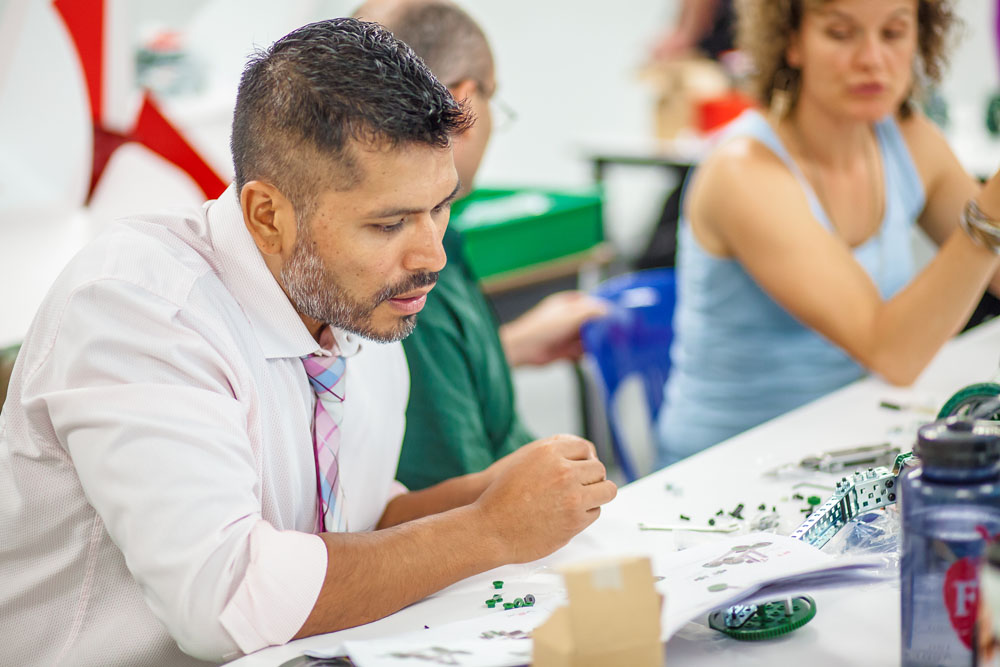
All educators want to prepare the students they teach to succeed and excel. As technology advances, our challenge is to keep pace and ensure that students develop the 21st-century skill-set they need to succeed. Robotics education is an authentic and engaging way for students to acquire the STEM learning and transferable skills they will need to be successful in the future.
Written by: Matt Boomhower – Director of Innovation and Learning at Mont’Kiara International School
References:
Karim, M.E., Lemaignan, S., & Mondada, F. (2015). A review: Can robots reshape K-12 STEM education? 2015 IEEE International Workshop on Advanced Robotics and its Social Impacts (ARSO), 1-8.
Kopcha, T.J., McGregor, J., Shin, S., Qian, Y., Choi, J., Hill, R., . . . Choi, I. (2017). Developing and integrative STEM curriculum for robotics education through educational design research. Journal of Formative Design in Learning, 1(1), 31-44.
Mubin, O., Stevens, C.J., Shahid, S., Al Mahmud, A., & Dong, J.J. (2013). A review of the applicability of robots in education. Technology for Education and Learning,
Nedelkoska, L., & Quitini, G. (2018). Automation, skills use and training. OECD Social, Employment and Migration Working Papers, No. 202, Paris: OECD Publishing.
PwC. (2018). Will robots really steal our jobs?: An international analysis of the potential long term impact of automation. UK: PricewaterhouseCoopers, LLC.
Xia, L., & Zhong, B. (2018). A systematic review on teaching and learning robotics content\knowledge in K-12. Computers & Education, 127, 267-282.
Zhong, B., & Xia, L. (2018). A systematic review on exploring the potential of educational robotics in mathematics education. International Journal of Science and Mathematics Education, International Journal of Science and Mathematics Education, (Online), 1-23..
"ExpatGo welcomes and encourages comments, input, and divergent opinions. However, we kindly request that you use suitable language in your comments, and refrain from any sort of personal attack, hate speech, or disparaging rhetoric. Comments not in line with this are subject to removal from the site. "


